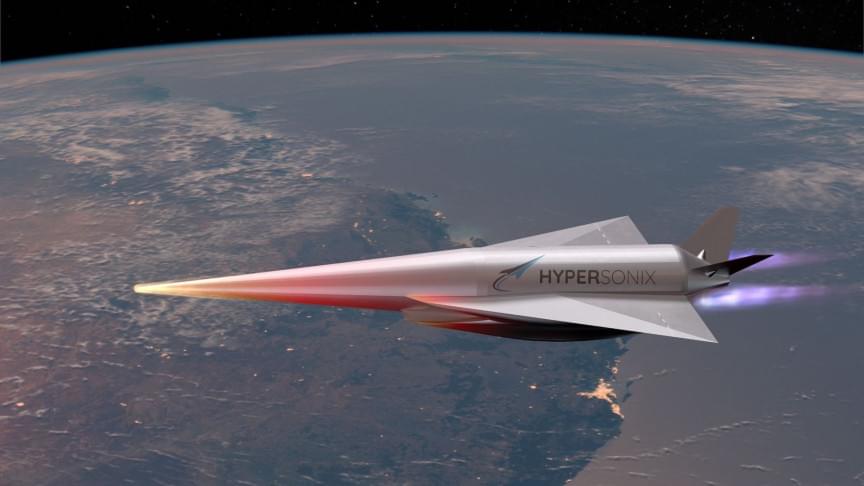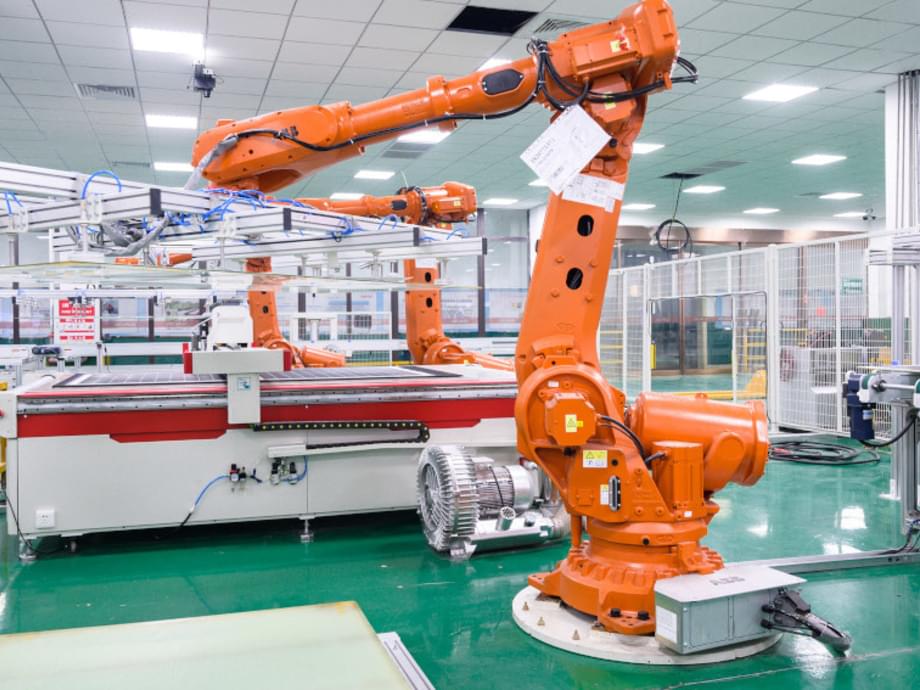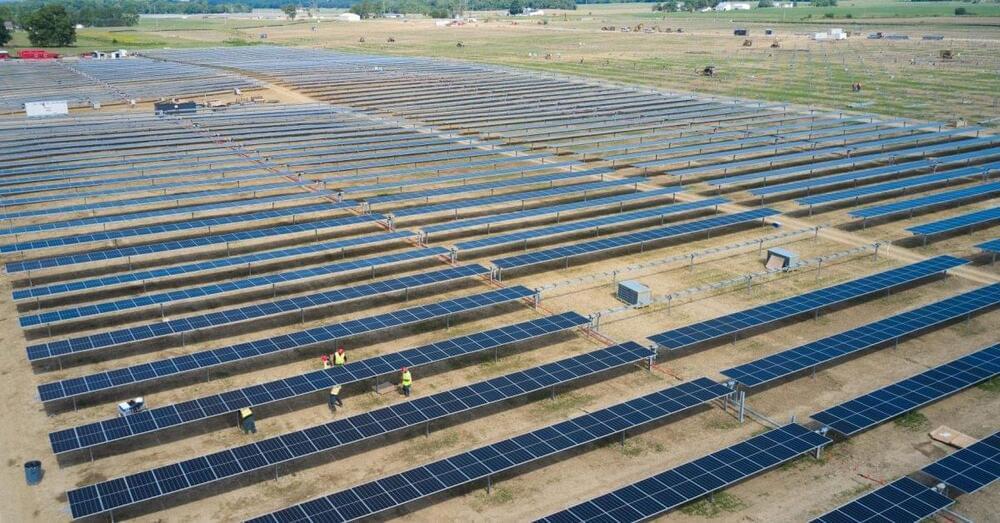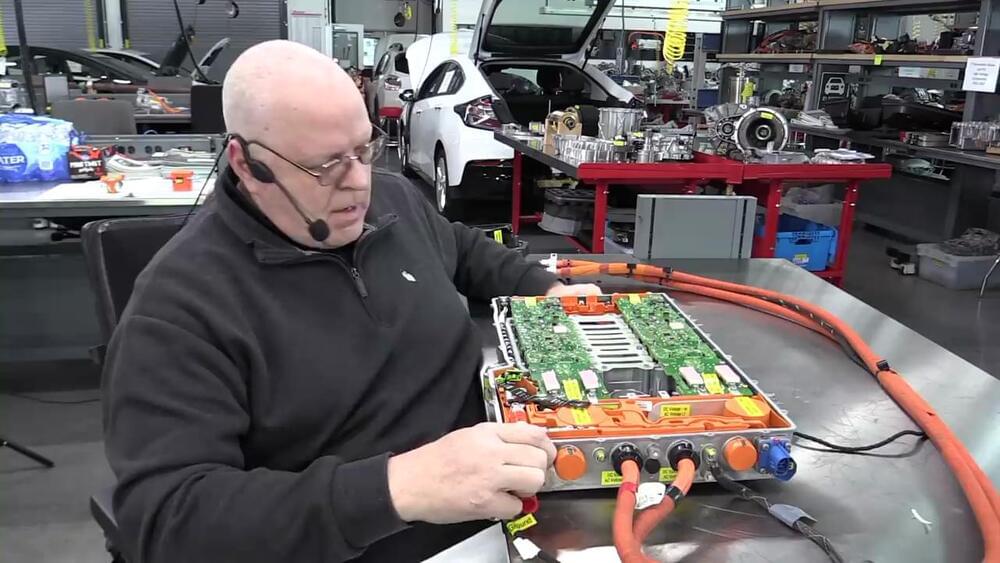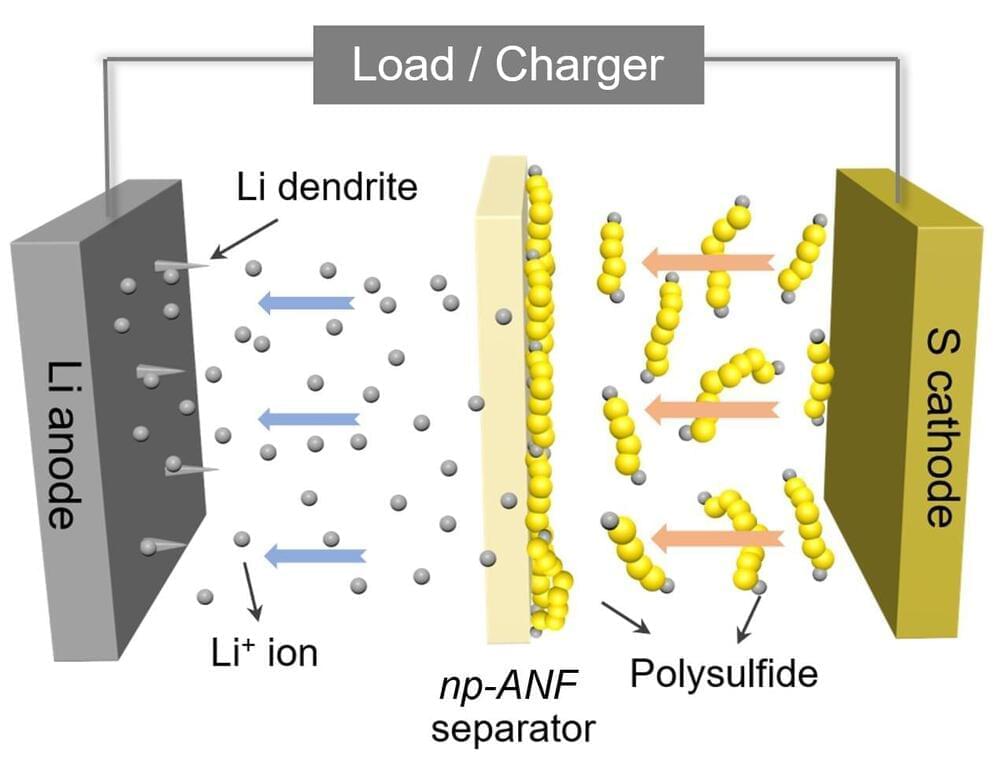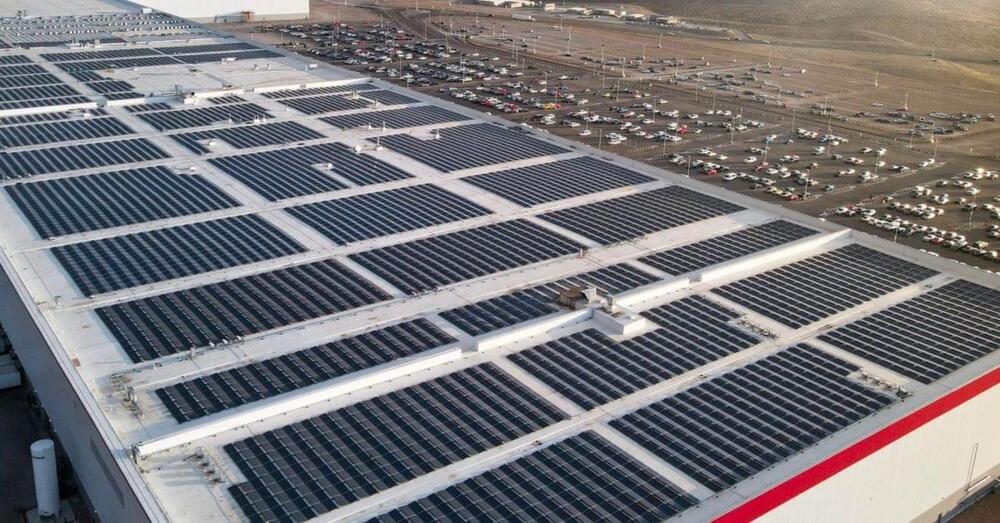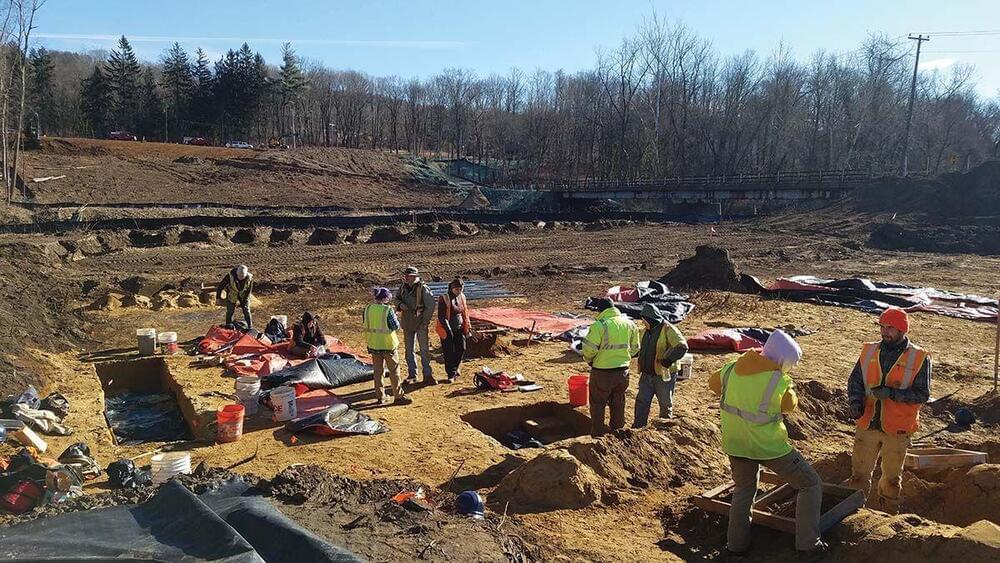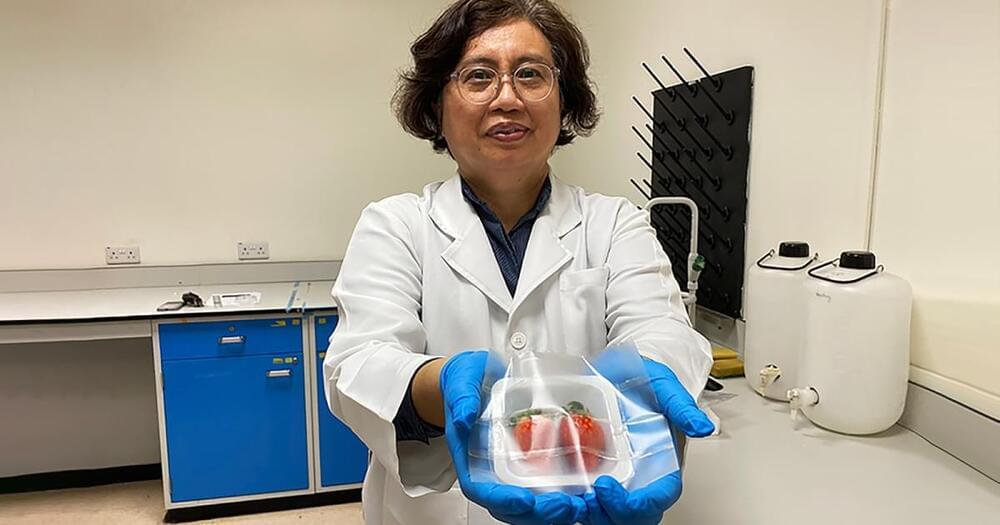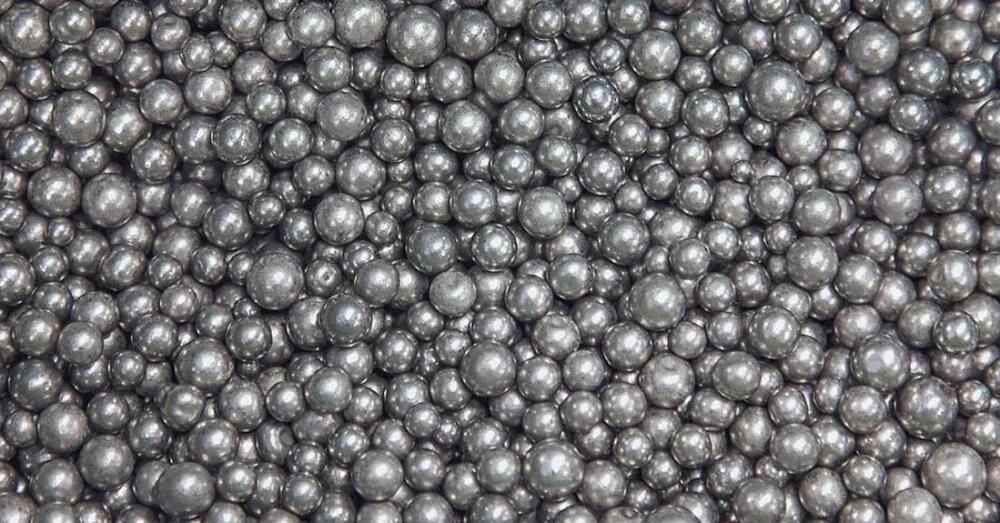Jan 15, 2022
New Mach 5 Hypersonic Scramjet Is Powered by Sustainable Green Hydrogen
Posted by Shailesh Prasad in categories: engineering, satellites, sustainability
It’s rare that faster can also equate to greener in the aerospace industry, but that’s the goal of Australian startup Hypersonix has in sight.
The company has developed a new hypersonic satellite launch system that will make launches more accessible and also more sustainable. The technology could one day also help develop hypersonic airliners capable of crossing the Atlantic in a little over an hour.
“At Mach 5 and above, friction caused by molecules flowing over the hypersonic aircraft can generate temperatures in excess of 2,000˚C (3,632˚F),” the company says in a press statement. “Suffice to say that Brisbane-based aerospace engineering start-up, Hypersonix Launch Systems, is choosing its materials to cope with these extremes.”
